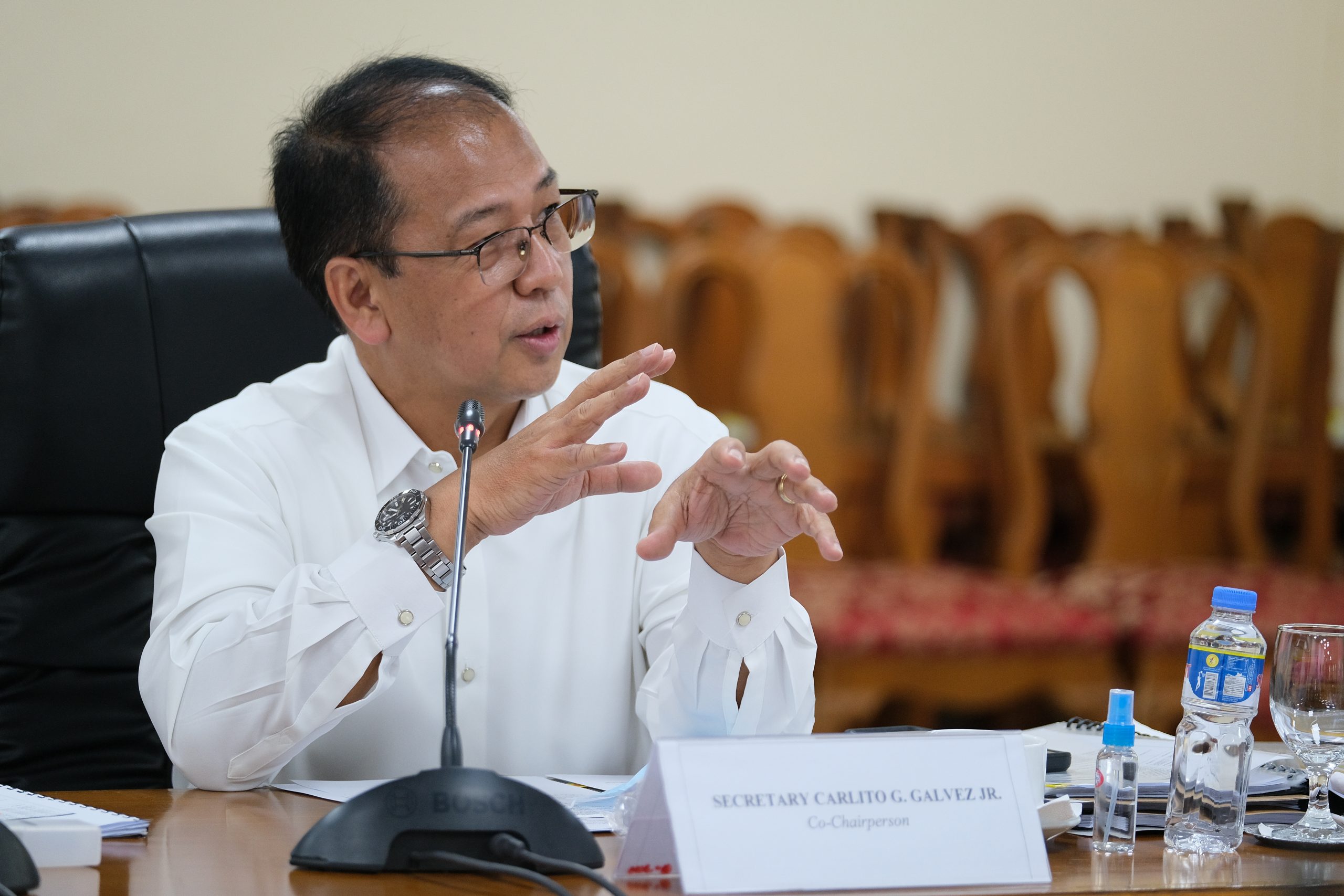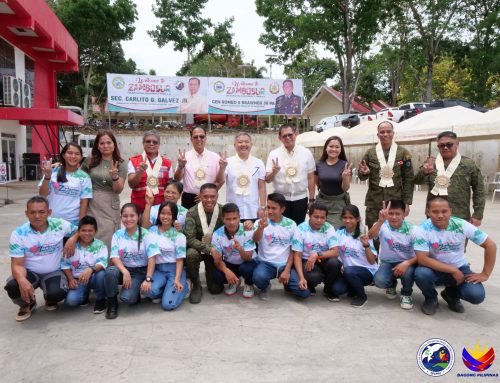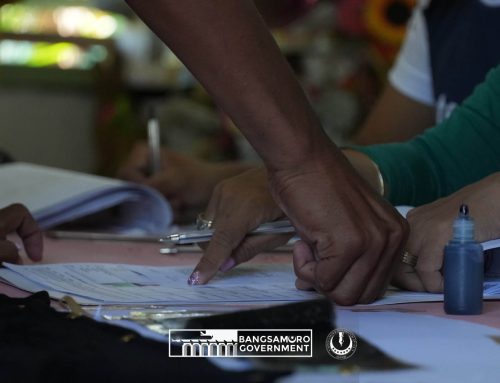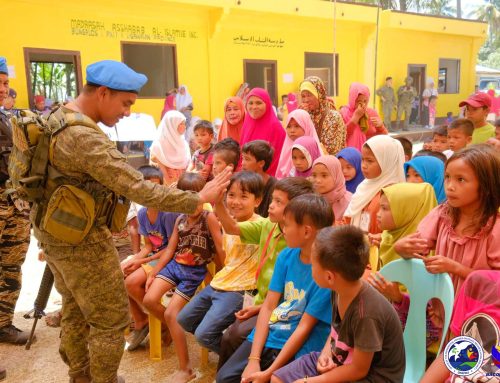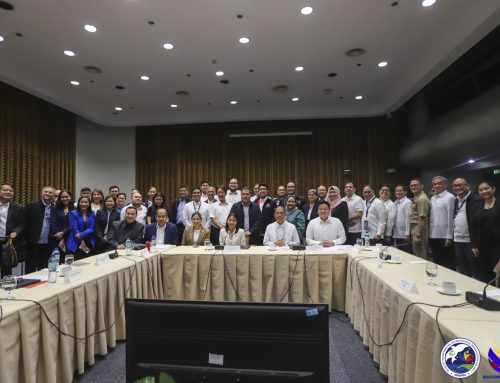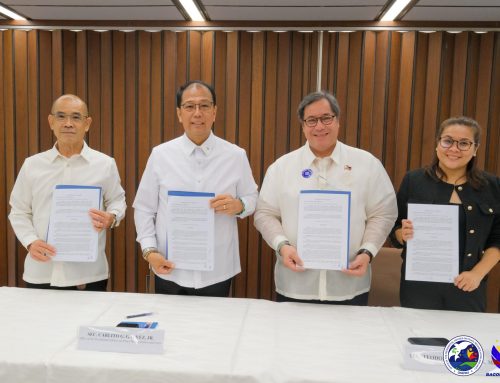PASIG CITY– Localized peace engagements (LPE) under the National Task Force to End Local Armed Conflict (NTF-ELCAC) have proven to be the most effective way of addressing the decades-long communist insurgency, according to Presidential Adviser on Peace, Reconciliation and Unity (OPAPRU) Secretary Carlito G. Galvez, Jr.
Galvez said the conduct of LPEs has enabled the government to decisively push forward the country’s peace and development agenda and achieve more concrete results as compared to national-level peace talks that were held before.
“For more than 50 years and of all the mechanisms we have utilized to put an end to the communist rebellion, we saw that the LPE was indeed the most effective approach in addressing the root causes of the armed conflict,” he pointed out.
“Unlike the national peace talks which have been weaponized and exploited by the left, the LPE has no obscure agenda rather than achieving genuine peace. All agreements made by the CPP-NPA rejectionist factions under LPE adhere to the Philippine Constitution and democratic processes,” Galvez added.
“We believe that it would be pointless and unproductive for us to engage the leadership of the communist group in peace talks. These people (CPP) are unrealistic and not grounded. While these personalities enjoy a comfortable and luxurious life in another land, the people who are allegedly fighting for their cause are fighting and dying in the fringes,” he stressed.
“We simply cannot deal with this kind of leadership which does not have a clear sense of what is actually happening on the ground. The government will only be placing itself at the losing end,” Galvez added.
LPE is among the 12 lines of effort being implemented by the National Task Force to End Local Armed Conflict (NTF-ELCAC), the multi-agency body created by virtue of Executive Order No. 70 which mandated a ‘Whole-of-Nation’ Approach in dealing with the rebel group.
The OPAPRU is the co-lead agency of the NTF-ELCAC’s LPE Cluster which helps facilitate local peace dialogues at the community level, allowing local leaders to touch base with insurgents who have expressed their willingness to lay down their arms and return to the folds of the law.
Successes of LPE
At present, there are 14 LPEs with former Communist Terrorist Groups (CTG) members that resulted in the mainstreaming of 829 former rebels in 11 ELCAC areas. At least 1,627 former CTG rebels were provided with social insurance in 2021.
In the Zamboanga Peninsula alone, there are six guerilla fronts that were dismantled due to the LPE. With the collaboration of the LGUs, military, and PNP, 374 CTG members have surrendered in the region. The three provinces of the Zamboanga Peninsula have now been declared as free from the communist influence.
For Region XI or the Davao region, under the LPE program at least 125 Ata-Manobo Indigenous People families, who were rescued from Haran were reintegrated and provided shelter. The Php 11.25M housing project is a concrete manifestation of the government’s commitment to help the victims, who for many years, had been exploited by the Communist Party of the Philippines-New Peoples’ Army (CPP-NPA).
“The government is trying to put in its resources to really help the people. Through this project, we would like to bring together those families who have been divided by the Haran,” Galvez said.
In Davao Oriental, several orientations on EO 70 and Implementation Planning Workshop were successfully conducted in 13 Barangays in the province while eight capacity building programs on LPE were carried-out in Davao de Oro.
The peace orientations and capacity building sessions were designed to uproot the 10-30 years of long dark and violent history of the people with the CPP-NPA-NDF armed violence. The Provincial Government of Davao Oriental has replicated the same program to all of the areas identified by the Philippine Army. The government is persistent in establishing good governance among its constituency.
At present, Davao City has been declared as free from insurgency and the whole Davao region is now benefitting from various investments as it finally experienced a more conducive environment for development.
As the former Cabinet Officer for Regional Development and Security in Region 3 or Central Luzon, Galvez said the LPE helped dismantle KLG Sierra Madre, KLG Caraballo and Larangan Guerilla sa Patag 1, and cleared 36 communist-affected barangays.
“The LPE brought together the stakeholders through dialogue and problem-solving sessions on addressing pressing issues in the communities,” Galvez said.
LPE: A whole-of-society-approach
Galvez said the major advantage of conducting LPEs is that all sectors of society are involved – line agencies, local government units, civil society, and residents – and are part of the peacebuilding efforts.
“This is the beauty of LPEs. The dialogues we conduct are always based on the local context. We are able to deal directly with members of the rebel group operating in the locality and find out what are really the issues and concerns affecting them,” he explained.
The peace adviser noted that there is no “one-size, fits-all” formula in dealing with the armed rebellion, which is what gives the LPE a major advantage over other strategies because interventions can be “localized.”
“Essentially, we are hitting two birds with one stone. We are helping to empower LGUs to take the lead in dealing with security issues, and at the same time, we are laying the foundation where sustainable peace and development can take root and flourish in communities. In essence, the LPE and the entire efforts of the NTF-ELCAC boil down to good governance,” Galvez said.
More importantly, he said that through LPEs, the national government and LGUs are able to converge their efforts and deliver essential services, programs and projects that aim to uplift the lives of residents.
“For the longest time, the communist rebels have put forward the narrative that the government is unable to respond to their needs. Through NTF-ELCAC with LPEs, we are able to debunk this narrative and show the people that the government truly cares for them,” Galvez said.
“Through NTF-ELCAC, we are helping to promote a holistic, inclusive and people- centered system of governance. This is actually the heart and soul of LPEs, which makes it a potent tool of peace and development,” he added.
Major Peace Agreements made under LPE
Galvez cited the national government’s peace process with Cordillera Bodong Administration–Cordillera People’s Liberation Army (CBA-CPLA), as one of the most inspiring LPE success stories.
The government and the CBA-CPLA, which broke away from the Communist Party of the Philippines-New People’s Army (CPP-NPA), signed the Mt Data peace accord pact on September 13, 1986.
As a result of the peace pact, CBA-CPLA members have reintegrated themselves into mainstream society. In fact, many of them have enlisted into the Armed Forces of the Philippines.
To date, 15 CBA-CPLA members are now military officers, 670 are enlisted personnel, while 948 of them have become members of the Community Armed Forces Geographical Unit (CAFGU).
Galvez said the national government’s peace process with the Rebolusyonaryong Partido ng Manggagawa-Pilipinas-Revolutionary Proletarian Army-Alex Boncayao Brigade (RPM-P/RPA-ABB) is another testament that LPEs work and are very effective.
The RPM-P/RPA-ABB which now calls itself KAPATIRAN, a break-away group of the CPP-NPA, signed a Clarificatory Implementing Document (CID) with the government, which became a turning point in the peace process between both parties.
To date, two KAPATIRAN members have graduated from the Special Quota Enlistment of the 3rd Infantry Division (3ID); two KAPATIRAN members are set to graduate on July 25, 2022 from the Special Quota Enlistment of the 4th Infantry Division; three KAPATIRAN members passed the AFPSAT and waiting for the next phase of enlistment; 25 of the next of kin of KAPATIRAN members are taking the AFSAT during 3ID’s recruitment drive this week; two next of kin of KAPATIRAN members are waiting for their AFSAT exam schedule; 18 KAPATIRAN members are expected to take the AFPSAT in the coming months; and 150 KAPATIRAN members have expressed their interest to become Community Defense Unit (CDU) members. Interestingly, one of the Kapatiran leaders is now a partylist representative congressman Joseph Steven “Caraps” Paduano.
“The CBA-CPLA and RPM-P/RPA-ABB members are a shining example of what can happen when people turn away from armed violence and walk the path of peace. Hopefully, they will inspire members of other rebel groups to do the same,” Galvez said.
With the major successes achieved by the government through LPEs, Galvez believes that it is no longer necessary to conduct national-level peace negotiations with the communist rebels as these will only negate the gains achieved over the years.
“During the previous Duterte administration, they were given the opportunity to talk peace. But what did they do? They continued to attack government troops, burn civilian property, as well as hurt and take the lives of innocent people,” he said.
“Based on their actions, there was really no sincerity on their part to talk peace with the government. It was a case of the left hand not knowing what the right was doing. The CPP has no control over its NPA forces. This is the reason why former President Rodrigo Duterte terminated the peace talks with them,” Galvez said.
He said that with the strong support given by President Ferdinand Marcos Jr. to the NTF-ELCAC, the body will continue to carry out local peace engagements in order to sustain and build on the gains achieved during the previous administration.
“Clearly, LPE is the way and we are determined to use this as a key instrument in putting an end to the communist insurgency,” Galvez said. ###
[FILE PHOTO | Secretary Carlito G. Galvez, Jr.]


